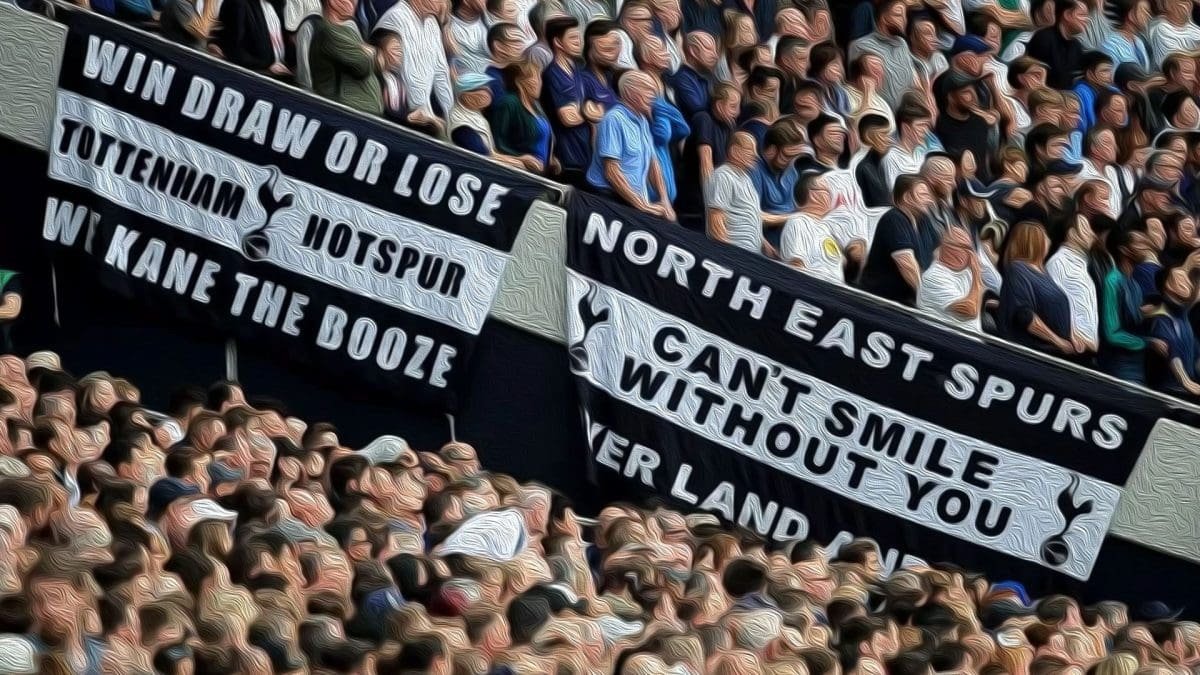Every Spurs fan has a specific image or thought that comes to mind when they think of the club. Is it the glory of the 1961 Double? The Cockerel Crest? The creative plays of Maddison or the presence of Son? White Hart Lane? Or perhaps even the delicious scran at the new stadium? Whatever it is, it speaks to Tottenham’s incredible legacy.
For many of us, the Spurs aren’t just a football team—it’s what we live, breathe, and bleed. In some ways, it’s like the unpredictable world of online gaming; although Payz casinos might not always bring the outcomes we want, fellow fans are ultimately like our chosen family, supporting the team is a part of our lives, and pushing past heartbreaking moments gives us hope for brighter seasons to come. No matter how you spin it, Tottenham Hotspur is anything but ordinary, and we’re about to discover why.
The Founding of the Spurs (1882-1914)
The fact that a bunch of schoolboys back in 1882 founded the Spurs attests to the homegrown nature of the club, which is felt even to this day. Formerly known as the Hotspur Football Club, the initial team was only put together by the Hotspur Cricket Club as a way for them to play sports during the winter season.
As described, the club was an amateur team, playing their matches in a very rudimentary manner. The boys had to prepare their own pitch and even used their local pubs as makeshift dressing rooms, but in the end, it was all about playing a solid match. Plenty of friendly matches were played against other local clubs, and their spectator count only grew as they gained more recognition.
They soon broke free of being a team associated with schoolboys, bringing on older players and taking players from other clubs. People continued to attend matches, with audiences now in the thousands, but since games were played on public land, they couldn’t charge admission. To address this and have more control over the crowd, they rented a new area in Northumberland Park.
Ever heard the saying, ‘All press is good press?’ Well, the Spurs had an unexpected controversy to thank for their newfound attention in 1893 that was dubbed ‘the Ernie Payne Boots Affair’. Although we won’t go into details about it here, it led to an increase in invitations to play games, and even more people attended their matches. At that point, it was time to go pro, 13 years after their founding in 1882. This proved a brilliant move, as they ended up winning the FA Cup in 1901 as the official first non-League club to do so.
The Glory Days (1914-1922)
Luck was on Tottenham’s side again when they decided to join the Football League. While their application wasn’t successful, Stoke’s resignation allowed them to be elected into the Second Division of the League. Even though the Spurs didn’t play particularly well in their first year, they planned to revamp White Hart Lane and increase its capacity to 80,000. Their time at White Hart Lane was short-lived, as the government took it over to use as a factory. However, football went on. When the First Division was expanded, the Football League chose to promote Arsenal instead (as well as Chelsea), which solidified an already existing rivalry—marking the start of the North London derby.
The Spurs had no trouble returning to Division One after triumphing as champions of Division Two in the 1919-1920 season, during which they impressively lost only four games. The year after, they won the FA Cup and began wearing the famous cockerel emblem on their shirts.
Tottenham’s Golden Era (1958-1974)
Even winners can’t be winners forever, which was true for Tottenham. After their win in 1921 and a strong season in 1922, they had a lull in the 1930s and 1940s—until Arthur Rowe took the managerial position in 1949. He brought Tottenham some successes, returning them to the First Division and helping them win their first top-tier league championship title.
But it wasn’t until Bill Nicholson came into the picture that the golden era began. The Spurs enjoyed wins of major trophies three seasons in a row in the 1960s, including the Double, the FA Cup, and the Cup Winners’ Cup. They had a run of 11 wins and became the first British team to win a European trophy, along with plenty of other accolades. In all, Nicholson spent 16 years as club manager, winning eight major trophies.
A Fresh Start for the Spurs (1992-2000s)
It’s almost like history repeats itself, as the Spurs went through rollercoaster ride after rollercoaster ride following that winning period. Yet they managed to finish the 1990-1991 FA Cup season with a bang, right before their future in the Premier League. That rollercoaster ride didn’t just affect Tottenham; it was a downward trend that affected English football as a whole. Once things started looking up again, stakeholders wanted to establish a new league to raise the stakes.
The Spurs were one of the five clubs that pushed for that to happen, and The Football Association ended up approving it. In the early days of the Premier League, the club performed at an average level and had their worst start in 19 years during the 2007-2008 season. But it wasn’t always bad news, as the team ultimately improved. There was a sparkling 9-1 home win against Wigan Athletic, a fourth-place finish in the 2009-2010 season, and good performances during the Pochettino era.
Tottenham’s Road Forward (Present Day)
With the new Tottenham Hotspur Stadium opening to the public in 2019 and a fantastic unbeaten start in the 2023-2024 season under Ange Postecoglou, the Spurs experienced their best start since 1960-1961. The team even qualified for the 2024-2025 UEFA Europa League, which is hopefully indicative of Tottenham’s future successes.

















